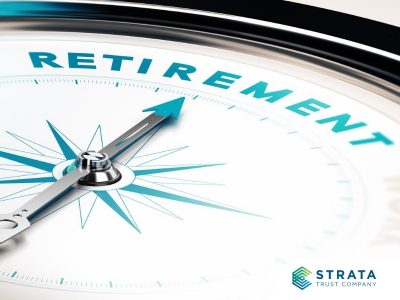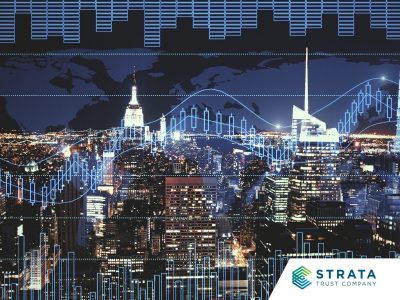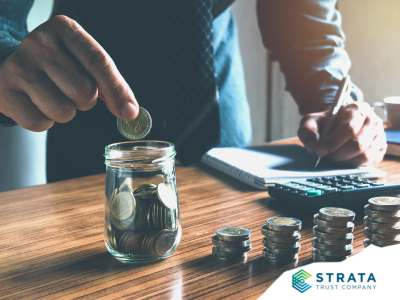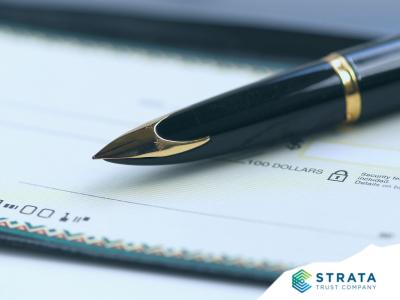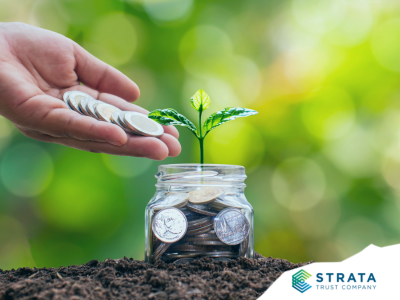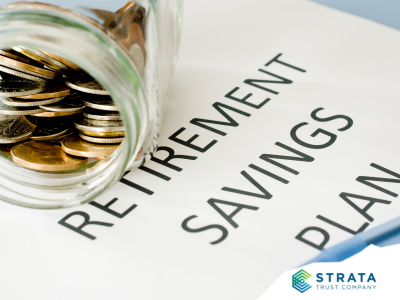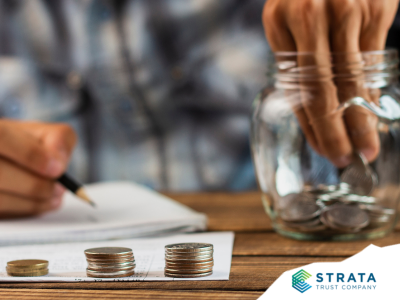The use of alternative asset classes, such as real estate and private equity, have been gaining traction in retirement plans.1 A similar trend has been occurring with the use of futures contracts in self-directed IRAs.
Professional traders have long relied on trading futures to drive returns. For the fourth year in a row, 2021 saw a new record set for the number of futures and options contracts traded on worldwide exchanges.2 The total volume of exchange-traded derivatives rose 34% over 2020. So far 2022 is showing no signs of this trend falling; commodities are continuing to experience historic highs due to current economic conditions, major supply chain disruptions, and the ongoing war in Ukraine.3
Although it has its benefits, trading futures contracts involves risk and can be complicated, so self-directed IRA investors should understand the basics before stepping into this asset class.
What Are Futures?
Unlike stocks and bonds, futures are a form of derivative. A derivative is a financial contract based on an underlying asset, such as a foreign currency or precious metal, whose price is determined by the fluctuations of the value of that underlying asset.
Futures contracts are traded on an exchange between two or more parties who bet on whether the price of the underlying asset will go up or down. For example, if in July a trader believes oil will go up by the end of the year, they might buy a December futures contract.
Unlike options contracts, which give the holder the right (but not the obligation) to buy or sell the underlying asset any time before the expiration date of the contract, a futures contract obligates parties to buy or sell an asset at a predetermined future date and price. Since the agreed-upon price is locked in advance, the buyer must purchase—or the seller must sell—the underlying asset at the set price, regardless of the market price at the expiration date. Like an options contract, the buyer of a futures contract can sell their position at any time before expiration and be free of their obligation.
What Can Be Traded?
The benefit of futures contracts is that they give investors access to trade many different asset classes. Some of the most popular types of futures contracts include:
- Commodity futures such as crude oil, natural gas, and agriculture products
- Precious metal futures like gold, silver, and copper
- Currency futures such as the Euro
- Stock index futures such as the S&P 500 Index
- U.S. Treasury futures for bonds and other financial securities
Investment Flexibility
Futures contracts allow investors to leverage positions. Thus, a trader does not need to put up 100% of the contract’s value amount, but rather just an initial margin amount when entering into a trade. That amount is determined by the broker or exchange used, but can be as low as 5%-10%, or much higher.
Leverage allows futures traders to amplify their gains when they bet correctly. But investors risk losing more than the initial margin amount if they are wrong.
In our oil example, oil is traded in increments of 1,000 barrels. If our investor paid $90 for a December contract, they actually acquired a position worth $90,000 (1,000 barrels x $90). If their margin requirement is 10%, they will only need to deposit $9,000 upfront. During the term of the contract, if the price fluctuates dramatically, the broker or exchange may require additional margin (known as maintenance margin) to be deposited.
When the contract is reached in December, if the price of oil has risen to $95, the trader earns $5,000 ($95-$90 = $5 x 1000) when they sell the contract, less any fees or commissions owed. But if the price of oil drops to $85, then they lose $5,000.
How to Invest in Futures
Futures are typically traded through a personal trading account or a futures broker. If you maintain an IRA at a brokerage, you can check to see if your account allows such trading. If not, you can open a self-directed IRA, which is an account that provides greater control of investment choices and typically allows futures trading.
With an IRA, all funds used to trade futures must come from the IRA account, including additional margin requirements. Investors need sufficient liquid assets in their IRA to cover such events, since margin shortfalls can’t be covered from non-qualified accounts.
If you trade futures contracts in a self-directed IRA, you must understand and follow all account rules, including rules on the use of margin, to avoid negating the tax-protected status of your IRA and incurring IRS penalties.
Benefits of Trading Futures in a Self-Directed IRA
Trading futures contracts provides investors a way to diversify retirement accounts with alternative asset classes, as they generally have a low correlation to traditional investments in stocks and bonds. Trading futures in a self-directed IRA also provides investors the same tax advantages as traditional IRA investments, so trading profits will be tax-deferred (or tax-free through a Roth IRA).
Partnering with a Knowledgeable Custodian
If you decide to invest in futures through a self-directed IRA (SDIRA), it is critical to partner with a custodian who understands the complexities of investing in futures contracts inside an IRA account.
STRATA Trust Company is a self-directed IRA custodian that specializes in holding alternative assets within IRAs. View our Futures Investment Checklist or connect with one of our self-directed IRA experts today.
References
1 DCIIA, Alternative Investments in Defined Contribution Plans (February 2022).
2 FIA, Global Futures and Options Trading Hits Another Record in 2021 (January 19, 2022).
3 The World Bank, Food and Energy Price Shocks from Ukraine War Could Last for Years (April 26, 2022).

